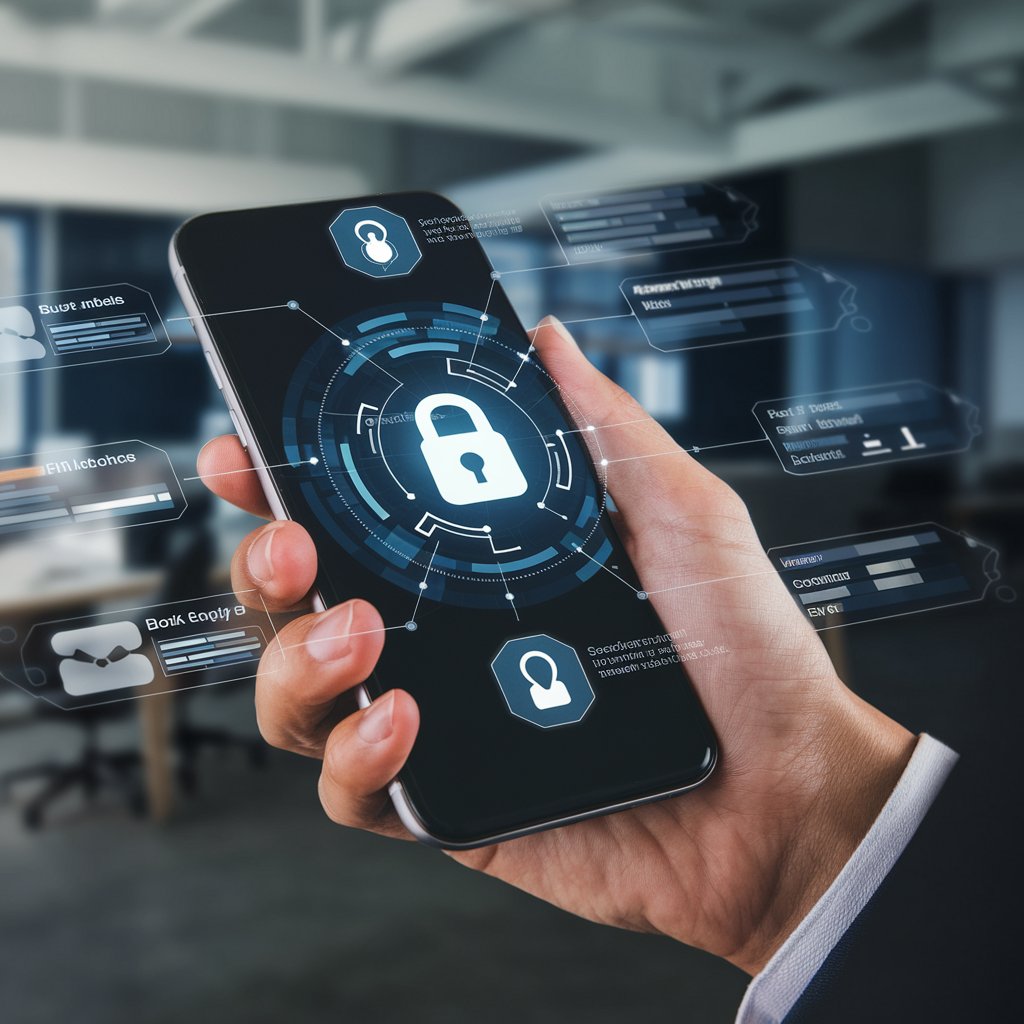UA
5 Min Read
This post will demystify encryption keys, explain why they are so important, and provide you with actionable best practices for securing your business data using effective key management strategies.
Why Encryption Keys Are Critical
Before diving into the details, let's understand why encryption keys are so important:
The Key to Unlocking Data: Encryption keys are the cryptographic “key” that is used to encrypt (scramble) and decrypt (unscramble) your data. Without the correct key, encrypted data remains unreadable and unusable.
Confidentiality: Proper key management ensures that only authorized individuals can access and decrypt sensitive information, preserving data confidentiality.
Data Integrity: Keys play a role in ensuring that data is not tampered with during storage or transmission.
Compliance: Many regulations (like GDPR, HIPAA, and PCI DSS) mandate the use of encryption and secure key management to protect sensitive data.
Security Reliance: Strong encryption is only as good as its key management. Poor key management can expose even the strongest encryption to attack.
Understanding Different Types of Encryption Keys
There are primarily two types of encryption keys to understand:
Symmetric Keys:
What they are: The same key is used for both encryption and decryption.
How they work: Faster and more efficient for encrypting large volumes of data.
Challenge: The key must be shared securely between the sender and receiver.
Examples: AES (Advanced Encryption Standard), DES (Data Encryption Standard)
Asymmetric Keys:
What they are: A pair of keys is used: a public key for encryption and a private key for decryption.
How they work: The public key can be shared freely, while the private key must be kept secret.
Benefit: Eliminates the need to share secret keys directly.
Examples: RSA (Rivest–Shamir–Adleman), ECC (Elliptic Curve Cryptography)
Best Practices for Securing Encryption Keys
Here are key best practices for managing encryption keys effectively:
Key Generation:
Use Strong Algorithms: Generate keys using robust algorithms that meet industry standards.
Random Key Generation: Ensure keys are generated using a truly random number generator.
Appropriate Key Length: Use an appropriate key length for the chosen algorithm to ensure a sufficient level of security.
Key Storage:
Secure Key Vaults: Store keys securely in dedicated key management systems or hardware security modules (HSMs).
Strong Access Controls: Implement strong access controls to limit who can access keys.
Encryption of Keys: Encrypt keys while at rest to prevent unauthorized access to them.
Separation of Duties: Segregate key management responsibilities to prevent a single point of failure.
Regular Audits: Conduct regular audits of key storage systems.
Key Rotation:
Regular Key Rotation: Rotate keys regularly to limit the impact of a potential key compromise.
Automated Key Rotation: Use automated tools to manage key rotation processes.
Secure Key Rollover: Implement a secure key rollover procedure to prevent data loss during key rotation.
Key Distribution:
Secure Channels: Only transmit keys over secure channels, such as encrypted connections.
Avoid Sharing Keys: Do not share symmetric keys through insecure means, like email or instant messages.
Key Exchange Protocols: Use secure key exchange protocols, such as Diffie-Hellman, when sharing keys.
Key Destruction:
Secure Key Erasure: Securely erase keys when they are no longer needed to prevent unauthorized access.
Data Wiping Techniques: Use effective data wiping techniques to prevent the recovery of deleted keys.
Key Management Systems:
Centralized Management: Use centralized key management systems to control and monitor encryption keys across the organization.
Automated Key Management: Automate key management processes to reduce manual errors and increase efficiency.
Integration with Systems: Integrate key management systems with your applications and security tools.
Hardware Security Modules (HSMs):
Dedicated Hardware: Store encryption keys in tamper-resistant HSMs for increased security.
Physical Security: Implement strong physical security for HSMs.
Cloud Key Management:
Use Cloud Key Management Services: If using cloud services, leverage their key management solutions.
Secure Key Storage: Ensure that keys are stored securely in the cloud, and access is carefully managed.
Key Auditing and Monitoring:
Regular Audits: Regularly audit key usage and access patterns.
Security Logs: Monitor security logs to detect suspicious activity related to keys.
Alerting and Notifications: Set up alerts and notifications for any anomalies.
Key Management Policies:
Written Policies: Establish clear and comprehensive key management policies.
Regular Review: Review and update your policies regularly to reflect best practices and emerging threats.
Employee Training: Educate all relevant personnel on your key management policies and procedures. audit3aa
Join our newsletter list
Sign up to get the most recent blog articles in your email every week.
You can copy our materials only after making sure that your services are safe.
This site is protected by reCAPTCHA and the Google Privacy Policy and Terms of Service apply.










